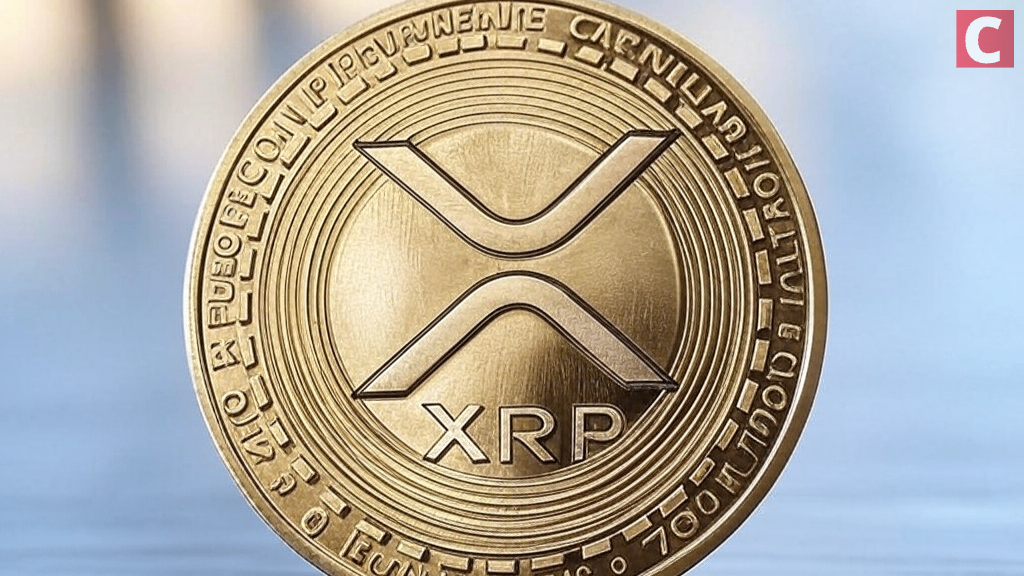
April 11th, 2025
Dive into the latest Polkadot (DOT) news and stay informed about one of the most innovative blockchain networks in crypto. Polkadot offers a framework of interconnected blockchains that exchange data for seamless operations. This interoperability solution confirms the Polkadot ecosystem as a major player in decentralized finance (DeFi).
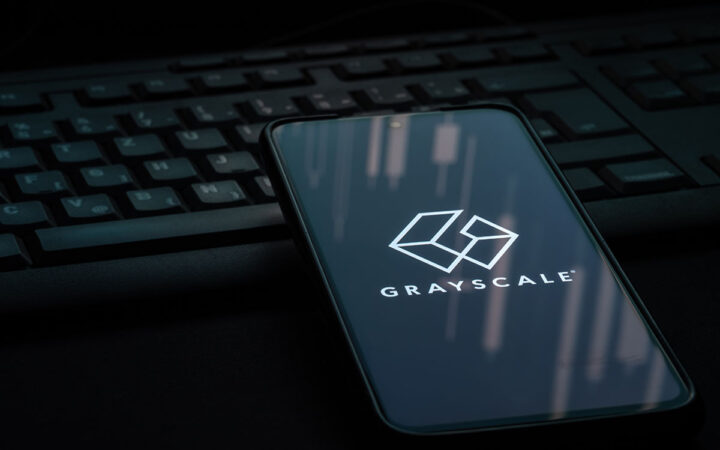
The SEC’s decision on the Polkadot ETF could set the tone for broader regulatory acceptance of crypto investment products.

The Polkadot Blockchain Academy has introduced “Blockchain Basics”, a three-day educational course aimed at equipping lawmakers with the knowledge needed to create robust crypto policies.

As the crypto market faces bearish pressure, Neuroweb.AI emerges with a record of 2.4 million knowledge assets, driving 6.96 million Polkadot parachain transactions. Will Neuroweb’s growth reshape AI in decentralized ecosystems and pump Polkadot’s price beyond $10?

Polkadot’s parabolic rally continues, as it remains among the top performers over the last 30 days. The bull run has reached prices last seen in March 2024 and hit new record highs over the network. As the price chart predicts a potential rally, bulls target these key levels.

Polkadot price has established a robust support level above $3.6 in the past year, which is a basis for the ongoing bullish outlook.

The use of blockchain reduces administrative overhead and minimizes errors by automating manual processes via self-executing smart contracts.
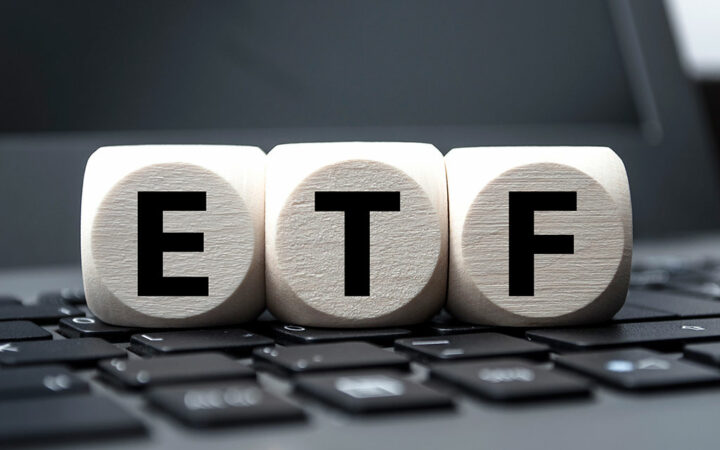
Hashdex’s filing follows closely on the heels of the recent approval for spot Ethereum ETFs to start trading on July 23.

One key feature of DOTphin is its crucial alignment with Polkadot’s green blockchain credentials.

The market capitalization of ASTR experienced a significant boost, climbing above $400 million, which is a 20% increase within the last 12 hours

Despite this extensive spending, Polkadot’s visibility on social media platforms, including social media platform X, remained surprisingly low.
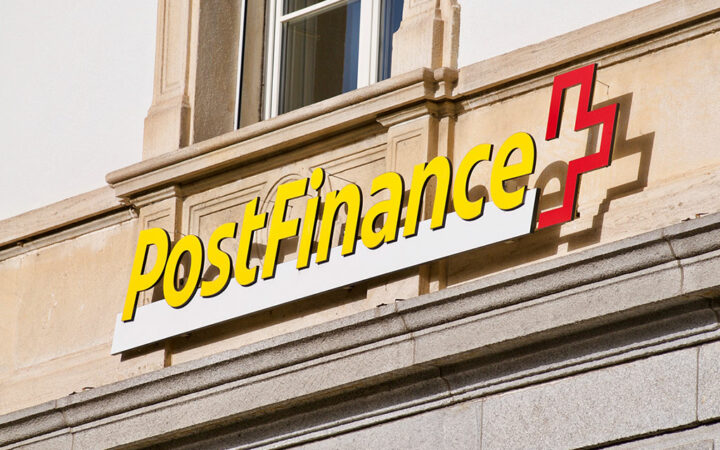
Despite PostFinance’s recent addition of new cryptocurrencies to its trading platform, the crypto landscape for banks in Switzerland has not been without challenges.

Wanchain has come up with a pioneering functional solution, aiming for a more interconnected and versatile blockchain landscape.
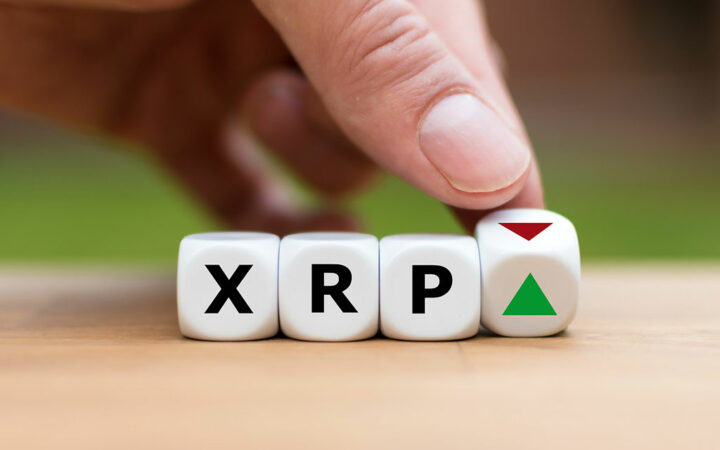
Based on Jason Pizzino’s analysis, the top altcoin performers included Solana (SOL) with a notable surge of 180%, indicating strong growth momentum.

The JAM Implementer prize is a 10 million DOT reward pool meant to encourage the creation of implementations in various programming languages to strengthen the ecosystem’s foundation.
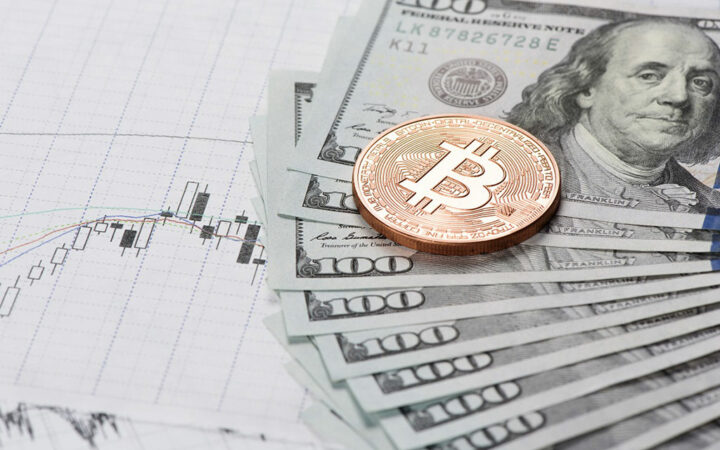
The recent upward momentum in Bitcoin (BTC) price has prompted options traders to reassess the likelihood of the cryptocurrency reaching the $100,000 by the year-end.
Polkadot DOT $3.70 24h volatility: 0.5% Market cap: $5.64 B Vol. 24h: $179.30 M has made a name for itself in the blockchain sector thanks to its unique approach to interoperability. Instead of operating independently like most other blockchains, Polkadot functions as a protocol that connects multiple blockchains, called parachains. This simplifies the exchange of assets and data across various networks and makes Polkadot one of the most transformative blockchains as it addresses cross-chain communication, a major challenge in the blockchain sector.
Polkadot includes the Relay Chain in its architecture, which handles network consensus and security, ensuring that the parachains can process their transactions while enjoying the main chain’s security, without sacrificing scalability. Although parachains are independent, they interact through the Relay Chain.
According to several Polkadot news stories, the network maintains its focus on cross-chain communication between chains and continuously improves this sharding model.
Using the DOT token, the Polkadot ecosystem ensures its governance is highly decentralized. Token holders contribute to decision-making on the platform, proposing changes, voting on network decisions like upgrades, and influencing the addition of new parachains. The democratization of Polkadot decision-making ensures that holders maintain a sense of community and continuously contribute to the flexibility the platform needs in the evolving blockchain space.
In addition, Polkadot’s connection of parachains helps developers build with connectivity in mind instead of limiting their decentralized applications (dApps) to one blockchain.
Explore the Polkadot (DOT) guide for more information about this blockchain’s efforts at blockchain interoperability.
Polkado operates on its own blockchain while using its Relay Chain as a central coordinating hub for several independent interconnected blockchains (parachains).
Polkadot smart contracts are typically written using the Rust programming language.
Polkadot was created by Dr. Gavin Wood, an Ethereum co-founder and former CTO. Polkadot’s core technology development is under the purview of Parity Technologies, a core blockchain infrastructure company co-founded by Wood.
The Polkadot blockchain uses the Nominated Proof of Stake (NPoS) consensus algorithm, which involves validators producing new blocks and validating transactions, as well as nominators supporting validators by staking tokens and nominating trusted validators.
Polkadot primarily solves blockchain interoperability problems by allowing multiple blockchains to securely communicate and share data while processing transactions in parallel to improve scalability.